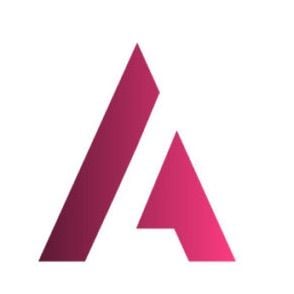Are you considering returning to work after a leave of absence or thinking about taking leave, but have worries about what you’ll return to, or if you’ll be able to return at all? These are valid concerns, particularly in the energy sector.
People take leaves for various reasons
There isn’t any hard data that covers all the reasons why people take extended leaves from work, nor whether the trend is increasing. However, diverse workforces have unique needs, and most people will probably take at least one leave of absence from work in their lifetime. A few common situations include:
- Birth of a child (maternity/ paternity leave)
- Personal health issues
- Health issues or care needs of a relative
- Reentering the workforce after retirement
- Sabbatical
- Reentering the field after a layoff or shifting industries
- Military service
- Bereavement
- Religious observances
New models make returning to work easier
Anna McKay with Parents Pivot on #ReturnToWork
Return to work isn't just for women. It's for men too.
“It’s a candidate’s market,” explains Anna McKay, founder of Parents Pivot.
“Unemployment is low, which means it’s getting harder and harder for employers to find qualified talent.”
Her firm offers a plethora of resources and workshops geared toward stay-at-home parents who want to reenter the workforce, but the information she provides can be helpful for just about anyone returning to work. McKay contends that competition for qualified employees is causing businesses to explore applicants who might have otherwise been overlooked due to employment gaps or time away from an industry. At the same time, many companies realize creating returnship (similar to internship) pathways and similar is a boon for diversity and inclusion initiatives.
Some organizations are quite proactive in their approach to reach those returning to work, intentionally crafting programs to attract candidates from the pool.
Returnship Programs in Action
Pepsi has Ready to Return. The 10-week paid program is intended for people who have taken two years or more away from work and allows participants to engage in internship-inspired roles plus includes mentorship.
IBM’s Tech Re-Entry Program is similar and includes mentorship too, but offers a selection of traditional careers from software engineering through data scientist roles that may lead to a permanent position after. Some are specifically reserved for women.
PayPal’s Recharge program is designed to bring greater diversity (particularly gender diversity) to their tech team. Those accepted can join in a quick bootcamp to sharpen their skills or apply for a 16-week paid program designed to smooth the transition back to work.
The Energy Sector is Experimenting with Returnship Programs Too
Even though the energy sector lags behind other industries in terms of specific programs designed to attract those returning to work, there are a couple of forward-thinking companies.
Energy Returnship Programs in Action
The BP Returnship Program is small, but mighty. Back in 2017, the company partnered with The Mom Project to bring on a small group of men and women for a six-month structured program involving a series of project-based assignments, mentorships, and permanent placement after successful completion. The program required a full-time commitment and was paid. In early 2019, BP launched a similar nine-month program, this time inviting nine candidates aboard.
The Chevon Welcome Back Returnship Program, created with help from iRelaunch, is also cyclical, with a 2019 inaugural run from Labor Day through Thanksgiving. Those accepted into the 10-week program receive mentorship and are placed in permanent positions following successful completion.
There’s still room for improvement
Although we certainly tip our hats to BP and Chevron for kickstarting returnship programs within the industry, the offerings remain limited. This means those returning to the workforce have to be savvy to get a foot in the door.
“One of the biggest hesitations that I hear from employers is around the commitment level of the stay at home parent returning to paid work,” McKay says. In “Returning to Paid Work: The Challenge and The Solution,” she provides those returning to work with a handful of tips, such as networking and finding ways to preemptively overcome the bias.
Find your way back to work in the energy sector
Networking and mentorship are recurring themes across all sources highlighted here. If you’d like to get a jumpstart, become a Pink Petro member and download the app to connect with peers, or take part in the Lean In Energy Mentorship Program.

You can also head over to Experience Energy to find out which energy companies have openings now.





